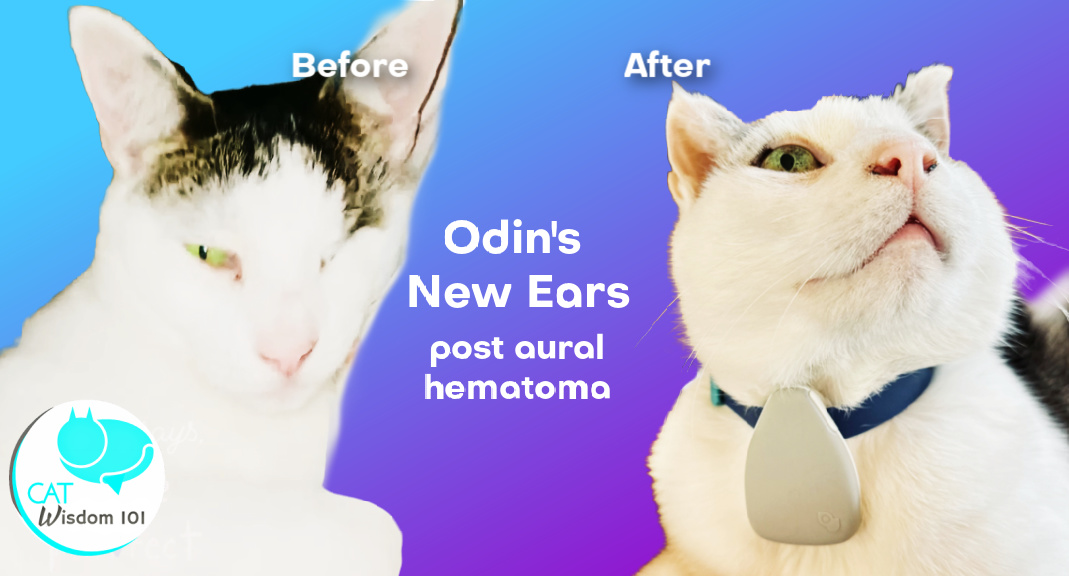
Odin’s New Cauliflower Ears: Feline Auricular Hematoma
Odin’s New Cauliflower Ears: Feline Auricular Hematoma by Layla Morgan Wilde-
No, my cat Odin’s didn’t suddenly want to become a Scottish Fold but he has new ears. His ears changed because of feline auricular hematoma or “cauliflower ear”.

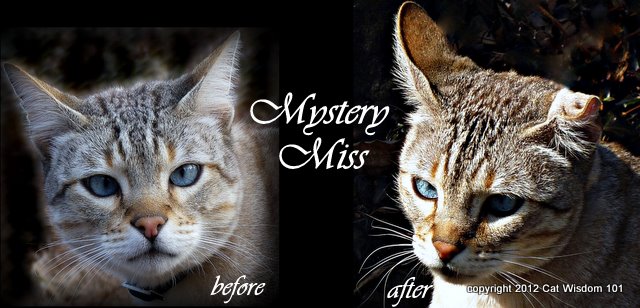
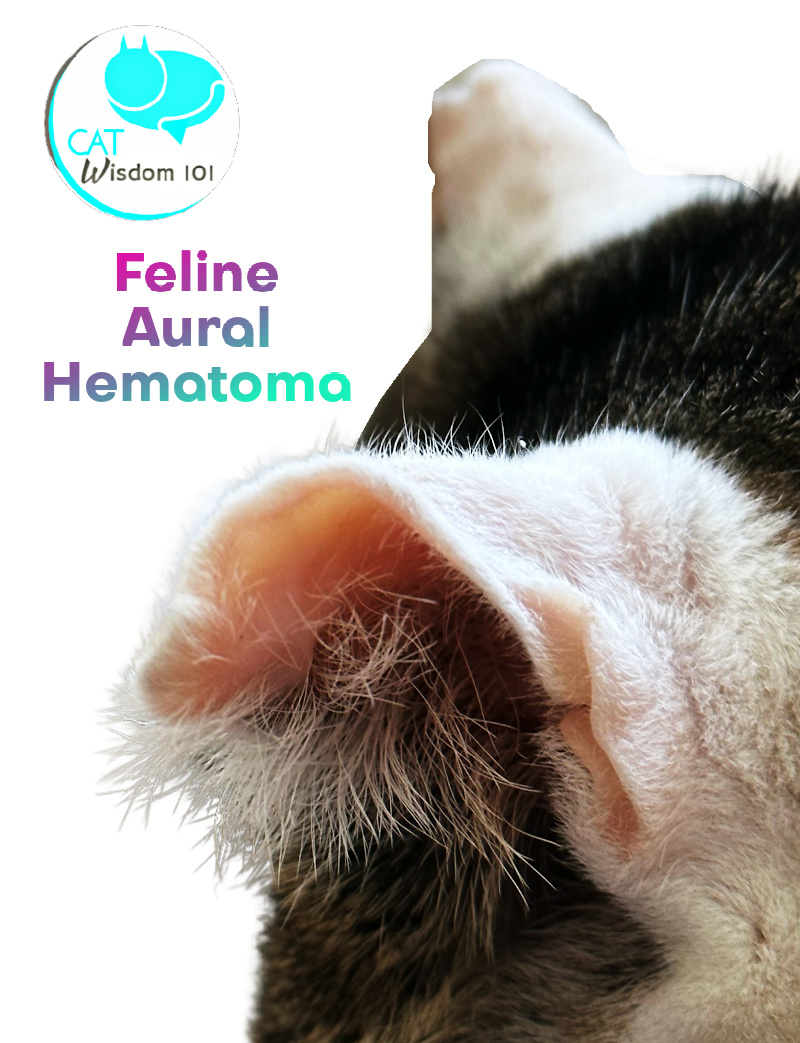

Cauliflower ear, or aural or auricular hematoma, is a condition that can occur in cats when blood accumulates in the ear flap. The ear flap, also known as the pinna, is composed of cartilage covered by skin. When a cat experiences trauma or irritation to the ear, it can cause the blood vessels in the ear flap to rupture and bleed into the space between the cartilage and the skin.
This accumulation of blood is known as an aural hematoma. Over time, the blood can become trapped and harden, causing the ear flap to become swollen and deformed, similar in appearance to a cauliflower.
Causes of Cauliflower Ear in Cats:
The most common cause of cauliflower ear in cats is injury to the ear, which can result from various factors such as fighting with other animals or scratching at their ears excessively. Additionally, ear mites or infections can cause cats to scratch and irritate their ears, leading to the development of an aural hematoma. Certain breeds of cats with floppy ears, such as the Scottish Fold, are also more prone to developing cauliflower ear due to their ear structure.
Symptoms of Cauliflower Ear in Cats:
The symptoms of cauliflower ear in cats are usually quite visible and can include swelling and thickening of the ear flap, as well as a lumpy, irregular appearance. The affected ear may feel warm to the touch and be painful for the cat, leading to a reluctance to be touched or handled. Additionally, the cat may shake its head or scratch at the affected ear in an attempt to relieve the discomfort.
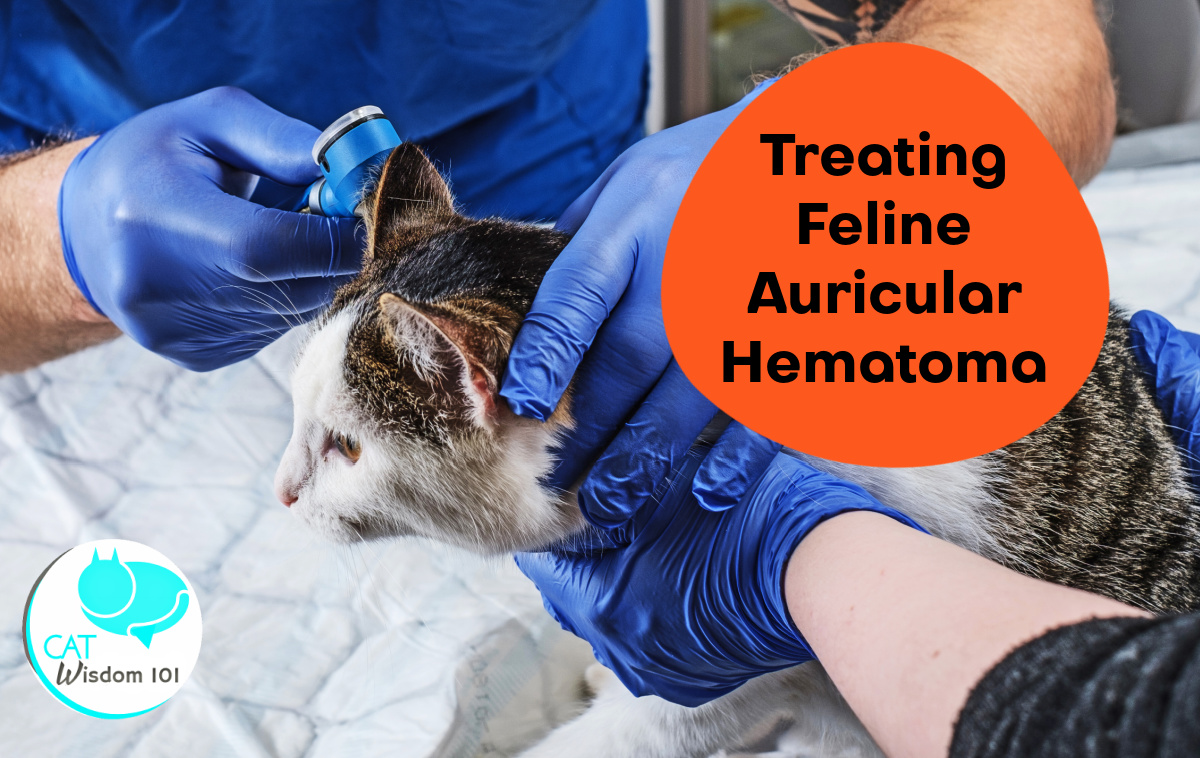
Treatment of Cauliflower Ear in Cats:
If you suspect your cat has cauliflower ear, it is important to seek veterinary care immediately. Left untreated, the condition can cause permanent disfigurement and hearing loss, as well as infection and other complications.
The treatment of cauliflower ear in cats typically involves draining the accumulated blood from the ear flap, followed by the placement of sutures or staples to hold the skin and cartilage in place while the area heals. The cat may also be prescribed pain medication and antibiotics to prevent infection. NSAIDs specially formulated for cats such as Onsior are often prescribed to manage pain and inflammation.
According to Dr. Daniel Aldridge, a veterinarian at Parkway Veterinary Hospital in Florida, “the success of treatment for cauliflower ear depends on the severity of the hematoma and the cat’s individual response to treatment. In some cases, the ear may never fully return to its original shape and may be slightly deformed.”
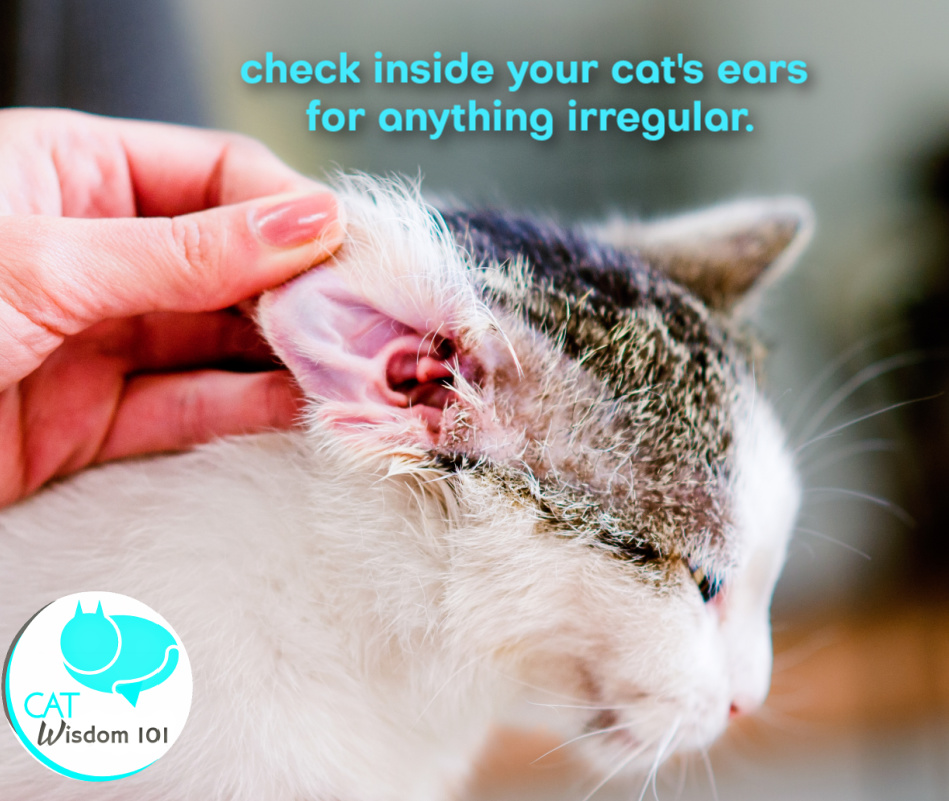
There are some alternative treatments that may help reduce the severity of cauliflower ear in cats and aid in the healing process. These include:
- Applying warm compresses: You can use a warm compress to help increase blood flow to the affected area, which can help reduce inflammation and promote healing.
- Topical creams: There are some topical creams and ointments that may help reduce inflammation and promote healing. However, it’s important to consult with a veterinarian before using any topical treatments on your cat.
- Homeopathy: Some pet owners believe that homeopathic remedies can help reduce inflammation and promote healing.
It’s important to note that while these alternative treatments may provide some relief for your cat, they are not a substitute for professional veterinary care. If you suspect that your cat has cauliflower ear, it’s important to take them to a veterinarian for a proper diagnosis and treatment.
Note: If there is no treatment, the blood with eventually be reabsorbed within a few weeks, However, this is a slow and uncomfortable if not painful healing time. The ear will not recover to its original shape and form a crinkled, lopsided appearance.
Preventing Cauliflower Ear in Cats:
The best way to prevent cauliflower ear in cats is to avoid situations that can lead to ear trauma or irritation. This includes keeping cats indoors to prevent fighting with other animals and regularly cleaning and inspecting their ears for signs of infection or mites. If your cat is prone to ear infections, your veterinarian may recommend regular ear cleanings or the use of topical medications to prevent the buildup of wax and debris.
With Odin, it’s not tragic. His ears healed without much discomfort. His sweet large ears are now sweet tiny ears and they will remain as is.
Disclaimer. This is a sponsored post.
Tell me, do you have any experience with feline auricular hematoma?





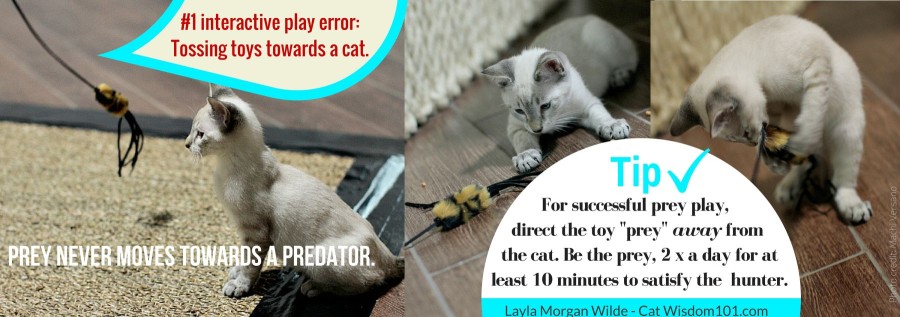
17 Comments
meowmeowmans
Odin, we think you have a dashing and jaunty look with your ears like that. We’ve definitely had some cauliflower ear cats come through PAWS.
Layla Morgan Wilde
thanks, Kevin. Odin seems to know he’s still as cute as ever.
Pingback:
Skeeter and Izzy
Layla
thanks for the great info on the cauliflower ear cause and treatments.
We have Luna who has this on the end of her ear that was tipped when she was spayed. The end turns under like a lettuce leaf.
We still think Odin is one handsome dude crinkly ears or not (it adds to his swashbuckling ,rouge bad boy image)
I have been posting but it hasn’t been showing up. I posted to this yesterday and don’t see it today.
Luvs,
Skeeter and Izzy and the Feral Gang and the Angels >^..^^..^<~
Layla Morgan Wilde
thanks for letting me know. Not sure what happened. Ah, I bet Luna is still a cutie as is Odin xoxo
Ellen J Pilch
Odin is still a cutie. I had a cat, Brina years ago who had this. XO
Meezer'sMews&TerrieristicalWoofs
I have seen heard of that in dogs, but not for cats…Learn something new every day!
Brian Frum
Your poor ears…but yes, you are still and always will be handsome!
Cat and Dog Chat With Caren
oh wow! this IS important info. Odin is still handsome no matter what! Send him kisses from me please!
Skeeter and Izzy
My Luna has the crinkle on the edge of her tipped ear only. It curls under like a lettuce leaf. The rest of the ear was not affected thankfully. We noticed the ears yesterday even before we read the caption!
Thank you for sharing info on this condition it can become quite serious.
We still think Odin is beautimous!
Luvs Skeeter and Izzy and the Feral Gang and the Angels >^..^^..^<~
Amy Harlib
That was fascinating about Odin’s hear haematomas. I am glad it wasn’t too serious and he is healing well.
Astor-kitty, being an indoor apartment cat, is unlikely to get this problem and I do inspect his ears daily as part of his grooming routine (he loves getting brushed), so I would notice any changes quickly if it were to happen.
Lots of healing love for Odin!
Andrea
As a veterinary technician, I saw many of these in dogs with floppy ears. It seemed like Labs had them the most. In cats I’ve seen a few and they were almost always related to ear mites or infections. You’re right, daily exams of the ears are important for your cat’s health and well-being.
Good informative post.
Erin the Cat
Gosh, that such a simple injury can lead to a nasty disfigurement is quite shocking. But then we know first hand.
Hopefully, caught in time, things won’t need surgery.
ERin
Mickey's Musings
That is a very good post!
I have seen cats with ears like this but did not know the reason.
Thanks for the information.
Purrs, Julie and the mum
Layla
Thanks so much! This was a long overdue post.
Memories of Eric and Flynn
When I worked for a vet ear haematomas were fairly common. The vet used to drain the swelling then stitch a small button to each side to keep it flat. I am talking about late 60s so I am sure it is much more advanced now. However I can’t remember the cats having crinkly ears afterwards. That was back in the days when a vet assistant got paid the lowest wage but did everything bar the actual operation!
Layla
I didn’t know that. Interesting! Actually, the procedure is about the same.